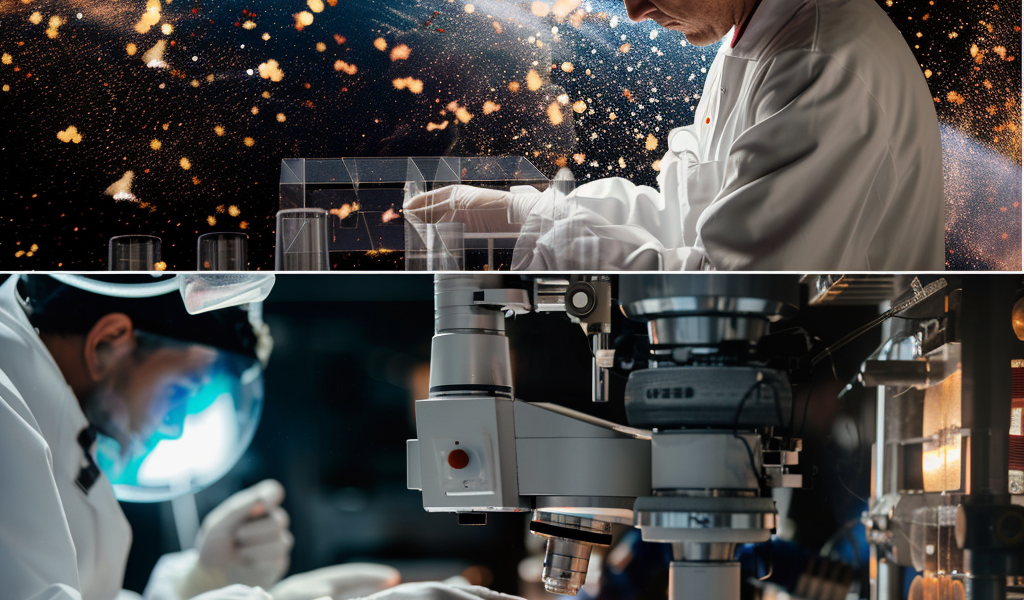In a groundbreaking initiative, scientists have embarked on a multiyear research project aimed at unraveling the mysteries of how microgravity affects human heart tissue. This endeavor recently took a significant leap forward with the launch of tiny artificial heart-tissue structures, referred to as cardiac organoids, to the International Space Station (ISS).
These cardiac organoids are synthetic tissue structures designed to replicate various types of cells found in the human heart. The research team, led by Dr. Munmun Chattopadhyay from Texas Tech Health El Paso, aims to observe these mini hearts in the unique environment of space, where microgravity presents challenges and opportunities for scientific discovery.
Dr. Chattopadhyay explained that the cardiac organoids consist of two distinct structures. One of these is a two-dimensional (2D) configuration, where different heart cells are cultured together on plates or cubes. The heart is composed of multiple cell types, including cardiomyocytes, which are muscle cells, and fibroblasts, which can become fibrotic in response to disease. Additionally, the organoids include endothelial cells that form blood vessels. By mixing these cell types, researchers aim to create a functional model of the heart to study the effects of microgravity.
As these mini hearts float in the ISS, the research team will be closely monitoring their growth and development through regular imaging, capturing pictures every two to three days. This ongoing observation will allow scientists to gather valuable data on how these cells behave in a microgravity environment.
In parallel to the space experiment, the team is conducting ground-based experiments to simulate the same conditions. By comparing the results from both environments after the organoids return to Earth following a 21-day mission, researchers hope to gain insights into the differences in cellular behavior under microgravity.
Understanding how microgravity impacts heart cells is not only crucial for astronaut health during long-duration space missions but also holds implications for terrestrial health issues. Dr. Chattopadhyay noted that the findings could enhance our understanding of how diseases like diabetes affect the heart, potentially leading to improved treatments and preventative measures.
The research on cardiac organoids represents a significant step forward in the field of space medicine and regenerative medicine. By leveraging the unique conditions of space, scientists can explore fundamental biological processes that are difficult to study on Earth. This innovative approach may pave the way for new therapies and technologies that could benefit both astronauts and patients on Earth.
The implications of this research extend beyond the realm of space exploration. As scientists continue to investigate the effects of microgravity on human physiology, they are also uncovering valuable information about the fundamental workings of the heart. This knowledge could lead to advancements in understanding heart diseases, improving patient care, and developing new therapeutic strategies.
As the team awaits the return of the cardiac organoids, the excitement surrounding this research continues to grow. The results of this experiment could not only shed light on the challenges faced by astronauts in space but also contribute to the broader understanding of heart health on Earth.
In conclusion, the study of mini hearts in space is a fascinating intersection of space exploration and medical research. As scientists delve into the effects of microgravity on heart tissue, they are opening new avenues for understanding and treating heart-related conditions, ultimately benefiting both astronauts and the global population.





